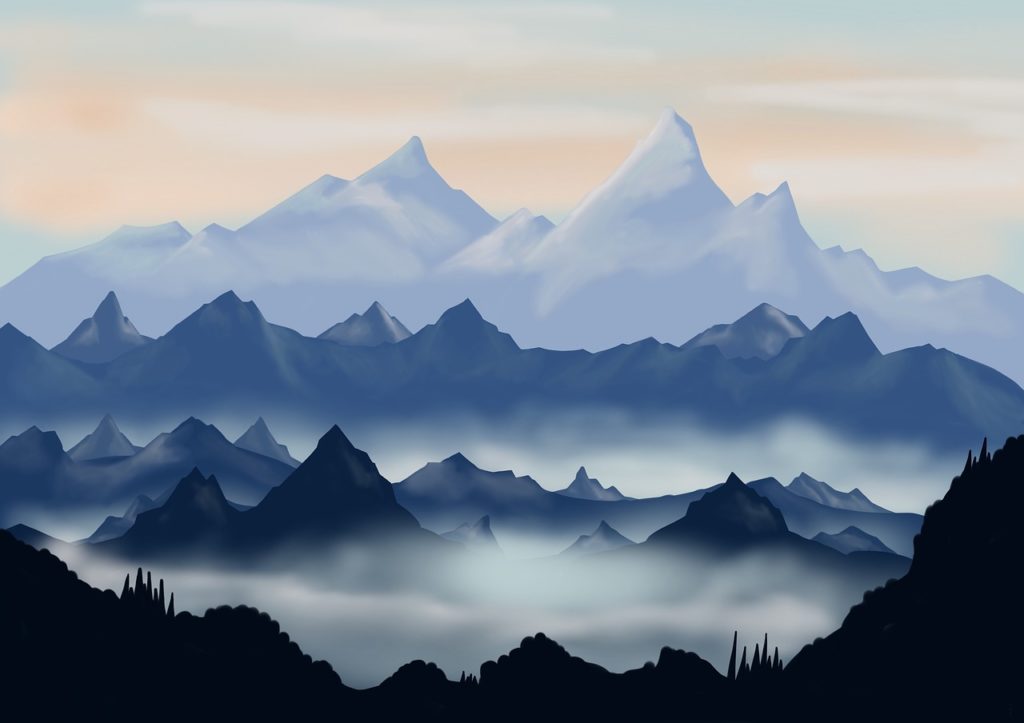PRUEBA DE ADN
CONFIABLE
Verifica la paternidad antes de pagar el pato
[epcl_columns]
[epcl_col width=»50″] [/epcl_col]
[/epcl_col]
[epcl_col width=»50″]
Prueba de paternidad mediante ADN
La prueba de adn con mayor confiabilidad posible
Al ser el único laboratorio mexicano en usar hasta 44 marcadores genéticos, podemos garantizar alta confiabilidad.
Adaptamos nuestros costos a su necesidad
El costo de la prueba se adapta a su presupuesto, según sus necesidades específicas reales
Conveniente y fácil en todo México
Desde un laboratorio en su ciudad o en su propia casa, usted podrá realizarla fácilmente
[/epcl_col]
[/epcl_columns]
A mountain is a large landform that rises above the surrounding land in a limited area, usually in the form of a peak. A mountain is generally steeper than a hill. Mountains are formed through tectonic forces or volcanism. These forces can locally raise the surface of the earth.
Mountains erode slowly through the action of rivers, weather conditions, and glaciers. A few mountains are isolated summits, but most occur in huge mountain ranges.
- Definition
- Geology
- Volcanoes
- Block mountains
- Climate
- Mountains and humans
- Mountain societies and economies
- Mountaneering
Definition
There is no universally accepted definition of a mountain. Elevation, volume, relief, steepness, spacing and continuity have been used as criteria for defining a mountain. In the Oxford English Dictionary a mountain is defined as:
«A natural elevation of the earth surface rising more or less abruptly from the surrounding level and attaining an altitude which, relatively to the adjacent elevation, is impressive or notable.»
Whether a landform is called a mountain may depend on local usage. Mount Scott outside Lawton, Oklahoma is only 251 m (823 ft) from its base to its highest point. Whittow’s Dictionary of Physical Geography[2] states «Some authorities regard eminences above 600 metres (2,000 ft) as mountains, those below being referred to as hills.»
Geology
There are three main types of mountains: volcanic, fold, and block. All three types are formed from plate tectonics: when portions of the Earth’s crust move, crumple, and dive. Compressional forces, isostatic uplift and intrusion of igneous matter forces surface rock upward, creating a landform higher than the surrounding features.
The height of the feature makes it either a hill or, if higher and steeper, a mountain. Major mountains tend to occur in long linear arcs, indicating tectonic plate boundaries and activity.
Volcanoes

Volcanoes are formed when a plate is pushed below another plate, or at a mid-ocean ridge or hotspot. At a depth of around 100 km, melting occurs in rock above the slab (due to the addition of water), and forms magma that reaches the surface. When the magma reaches the surface, it often builds a volcanic mountain, such as a shield volcano or a stratovolcano.
Examples of volcanoes include Mount Fuji in Japan and Mount Pinatubo in the Philippines. The magma does not have to reach the surface in order to create a mountain: magma that solidifies below ground can still form dome mountains, such as Navajo Mountain in the US.
Fold mountains
Fold mountains occur when two plates collide: shortening occurs along thrust faults and the crust is overthickened.
[epcl_custom_ads]
Since the less dense continental crust «floats» on the denser mantle rocks beneath, the weight of any crustal material forced upward to form hills, plateaus or mountains must be balanced by the buoyancy force of a much greater volume forced downward into the mantle.
Thus the continental crust is normally much thicker under mountains, compared to lower lying areas.
Rock can fold either symmetrically or asymmetrically. The upfolds are anticlines and the downfolds are synclines: in asymmetric folding there may also be recumbent and overturned folds. The Jura Mountains are an example of fold mountains.